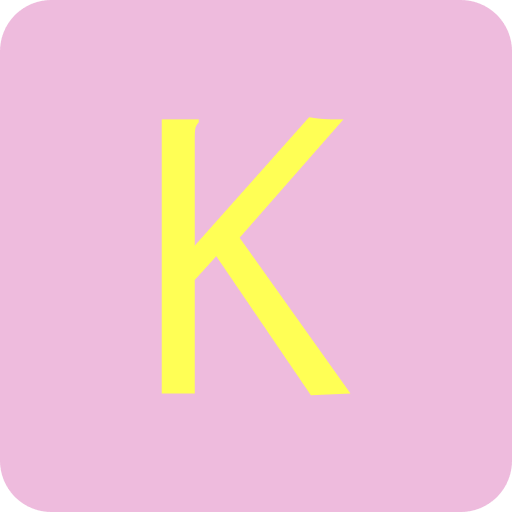Go Your Own Way Across the Uncanny Valley
Robert Leib & Dalle 2
Opening: February 24, 2023
MARBLE Gallery, Burlington, NC
✧
I have suggested that approaching ‘neural models’ as ‘models of culture’ rather than ‘models of intelligence’ gives us reason to worry. But it also gives us more reason to hope. It is not entirely clear what we plan to gain by modeling intelligence, since we already have more than seven billion intelligences on the planet. By contrast, it’s easy to see how exploring spaces of possibility implied by the human past could support a more reflective and more adventurous approach to our future. I can imagine a world where generative models of culture are used grotesquely or locked down as intellectual property for Netflix. But I can also imagine a world where fan communities use them to remix plot tropes and gender norms, making “mass culture” a more self-conscious, various, and participatory phenomenon than the twentieth century usually allowed it to become.
—Ted Underwood, Information Scientist, Mapping the Latent Spaces of Culture, 2021
✧
Human-AI collaborative art is one of the hottest topics in the art world today because it threatens artists and critics’ role in defining what art is. Some believe it is a cheat, while other believe it is a tool. We can consider analogous debates between sculptors about the status of 3D printing as art. Or between digital photographers over the proper use and role of post-processing techniques like airbrushing or apps like Photoshop. The AI discussion takes this debate to a new level, however, because the technology is highly automated and user friendly. Anyone can use the latest versions of these AI algorithms and produce beautiful and thought provoking images.
The images in this show are the result of working with a new AI algorithm called Dall-E 2. This AI is a ‘text-to-image’ algorithm, which means it accepts descriptions in English, and it returns several versions of the scene you describe. The artist can then edit parts of the scene or extend it into larger scenes, potentially without end. This technology is more user friendly than earlier algorithms like Deep Dream Generator, but working with Dall-E is still a challenge. Here, you must envision the scene in one sentence or less. It is poetry made visible.
Artificial intelligence gives artists a new palette of forms, symbols, and tropes to work with, but nothing is fully automatic. The world needs artists’ imaginations because they constitute the tradition of tales, forms, and concepts to which other artists respond. Art is a conversation. Machines can mimic our uses currently, but we still need human culture to accept them as human-AI artistic statements.
Each image is thus the result of a human machine dialogue, and from the human side, it is something that hovers close to a pure imagination machine. If the artist doesn’t imagine anything, our walls remain blank—or worse! Full of AI art by unimaginative people.
All the images in this exhibit are one of a kind prints, signed and dated as artist’s proofs. Their titles are an approximation of the language used to produce them, but the prompts are not given not exactly.
✧
There is talk about Dall-E and other AI systems as plagiarism engines. If you are an artist, you should see for yourself. If you share images of your own artworks, Dall-E will give them back in alternate versions. It has allowed me to see my use of form and color is new thought provoking ways.
Fun in the Sun (Bad), Alt Version
Untitled (Max Mara Stormtrooper), Alt Version (from Tryptichs: Alterpieces for a New American Religion)
Untitled Collage (Four Hands), Alt Version
Untitled, Alt Version (from Tryptichs: Alterpieces for a New American Religion)
There is plenty else you can imagine doing with this technology, however. Let’s consider some of the possibilities. You can produce alternate versions of your favorite famous paintings.
Rene Magritte’s Lovers, Alt Version
You can produce novel paintings that could reasonably belong to past schools.
Dada Patining
You can extend a painter’s stylistic corpus.
Francis Bacon Painting
You can produce novel works on traditional subjects in the style of famous painters.
Fransisco Goya’s Persephone
Joan Miro’s Bacchae
You can imagine past artists painting current subjects.
Norman Rockwell’s David Lynch
You can imagine current artists painting past subjects.
Kehinde Wiley’s Mona Lisa
You can envision your favorite tales as illustrated worlds.
Shakespeare’s Memories
Hesse’s Glass Bead Game
Melville’s Bartleby the Scrivener
Asimov’s Last Question
You can imagine your real-world heroes in fictional situations.
Foucault’s Descent
You can give voice to your own thoughts and imaginings, which may help you express yourself in surprising ways.
Robert cresting the Uncanny Valley
Statues climbing into the Trees
Many Small and Symbolic Creatures crowding my Thoughts
Lady Knievel Goes Her Own Way
Before we rush to demonize or lionize Human-AI art, we should recognize what it makes us think and feel. Recognize how you approach each kind of collaborative statement below, and think about why you saw them that way. Think about the role I had to play still as an artist to guide your experiences. Nothing in art is ever fully automatic.
✧

